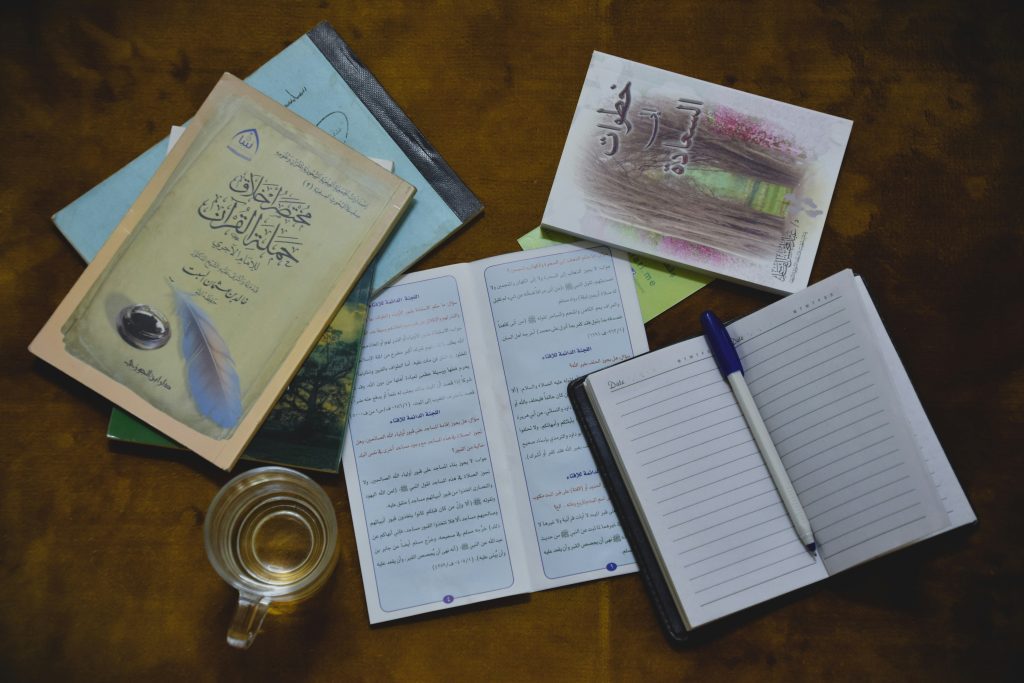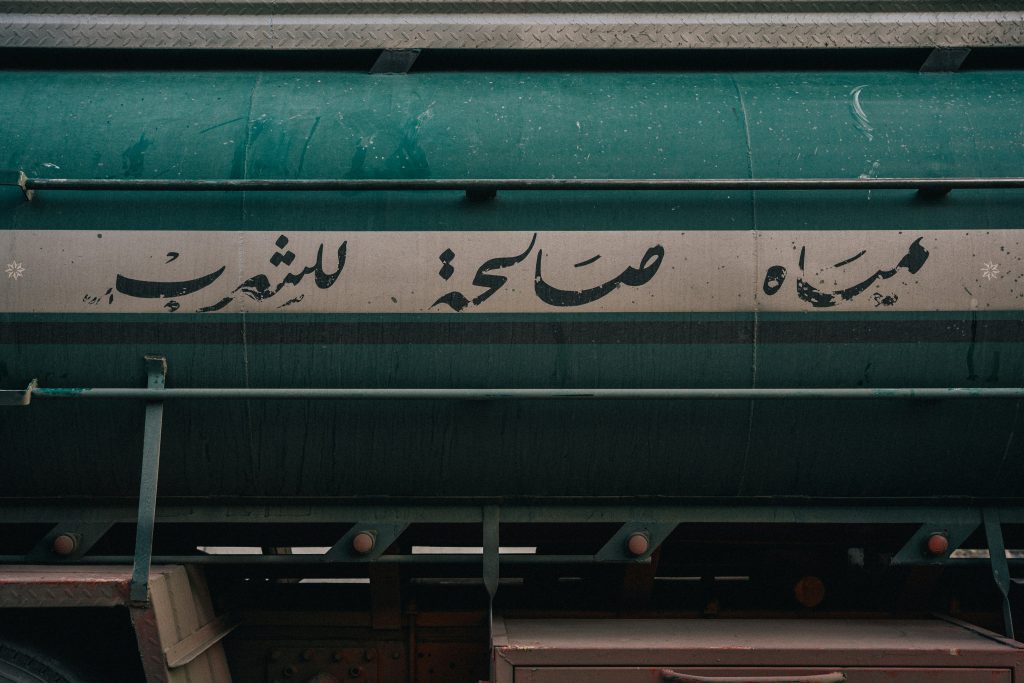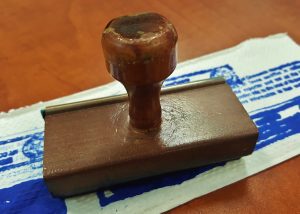
IKEA makes news when they ran a marketing campaign in Bahrain by putting up huge billboards that had the slogan “Create your perfect night’s sleep” in English. Right below the English slogan, a single line ran, reading in Arabic “Write it again but in Arabic”. Apparently, the marketing team’s clear instructions were taken quite literally by the translator. So, how do you write a slogan to convert into Arabic?
Arabic is one of the most popular languages spoken around the globe. The importance of this language in the business world makes accurate Arabic translation a necessity for larger corporations. But it’s very challenging to translate English to Arabic content if you don’t work with a qualified translator.
In this article, we’ll discuss how Arabic to English translation online works. Let us explore the intricacies of Arabic-to-English translation and find out what role it plays in business expansion.
How to Translate Document from Arabic to English?

The tech-savvy country of the United Arab Emirates is mostly populated by expats. In Dubai alone, some 40,000 Americans reside and call this futuristic, industrious city their home. This fact alone makes it quite obvious why it’s vital to translate English to Arabic writing in some cases. For instance – and it’s not just in UAE or other cities – 3.4 million people visited Qatar in 2022 to attend the FIFA World Cup. Also, Saudi Arabia announced in 2023 that tech moguls were investing over $9 billion in the country. These business projects and transactions can’t work without Arabic-to-English translation services.
If you’re looking for error-free Arabic to English translation online, then follow these best practices and tips. These tips will help you translate any document from Arabic to English (or the other way around) in a short time at a reasonable price:
Understand the Context
The path to error-free translation always begins with understanding the context. You should be familiar with your target audience and industry-specific jargon. For instance, if you’re working on any real estate document then you must be familiar with the terms like “escrow” and “mortgage”.

A simple example would be that of translating “How are you?” as the famous “Kaifa haluka?” Now, this phrase doesn’t always fit well, and you may have to replace it with a more conversational “Ma anta?”
Understand the Cultural Differences
You’ve probably heard of Arabs pecking friends/relatives on the cheeks as a form of greeting. How much do you know about Arab business customs? Did you know that the proper way to greet an Arab businessman is to shake his hand while grasping his elbow? Did you know that even pointing to someone with a pen is deemed rude? Learning these nuances will actually help you better at translating Arabic. So, here are some cultural differences between American and Arab business people:
- Business meetings are more formal, but guests are entertained with refreshments and small talk
- Interruptions are common, especially if the businessperson has to sign an important document
- Decorum dictates that their guest mustn’t be contradicted because they believe it’s impolite if a host disagrees with the guest
If you become familiar with these differences, then you can translate any Arabic document into English (or the other way around) with minimal errors.

Take Care of the Formatting
Business documents also have certain formatting requirements. You have to ensure that the document’s layout, font, spacing, alignment, and other formatting elements stay the same. Similarly, the translated document must contain the same logos and legal disclaimers to be found in the original.
Stay Consistent
When amateurs try to write a document to convert into Arabic, they make basic mistakes like forgetting about consistency. Inconsistency makes a translation difficult to comprehend. For instance, if you intend to translate the word “company” into Arabic, the language has many words for it:
- Sharikat
- Mu’assasa
- Sharikat Fardiyya
- Sharikha Musahama
- Sharikat Mahduda al-Mas’uliyya
You will choose the right word based on the context and then stick with it throughout the document. It’s inappropriate to switch between two terms since it’d only confuse your reader.
Edit and Proofread
In the end, the translated document is edited and proofread to make sure there are no mistakes lurking around! For instance, your English-to-Arabic-translated document may have small errors (e.g., types) as well as other inconsistencies. Professional translators often have someone else proofread their version.

Hopefully, now you understand how to translate a document from English to Arabic and vice versa. The next section will cover some challenges facing marketers when they try to reword Arabic/English text in these two languages. You’ll learn which mistakes to avoid to make your Arabic translation as accurate as possible. That’s how your business can tap into the ever-successful Arab business world.
Challenges in Producing Accurate Arabic Translation
“…translation failures are due to various reasons: not having enough English vocabulary, Arabic and confusing Islamic terms, unfamiliarity with English names of countries and cultural terms, lack of knowledge of correct sentence structures, and the inability to distinguish singular from plural nouns.” (Ababneh, 2019)
With 450+ million speakers worldwide, Arabic is one of the most popular languages in the world, serving as the official lingo of 22 nations. In the United States alone, 1.4 million people spoke Arabic in 2021, and Arabic was the eighth-most common language. Like with all languages, a marriage between English and Arabic is difficult to achieve. Whether it’s the case of Arabic letters appearing isolated and backward or the famous Jolly Green Giant introduced as a terrible “green ogre,” – translation fails have a long history of their own. In this section, we’ll discuss a few reasons why these challenges arise in the first place:

Grammar
When you’re trying to translate English to Arabic writing, you will notice how unique and diverse Arabic grammar is as compared to English. It’s written from right to left in a cursive script with no upper/lower-case letters. It has both verbal and nominal sentences and different grammar rules that are alien to people who grew up speaking English.
Sentence Structure
Consider this sentence: “The boy ate the apple.” How would you translate it? Amateur translators write it as al-wald ukul al-tuffaha, which would mean “The boy ate the apple.” Sounds pretty straightforward, right? No, an accurate translation of this sentence would be: ukul al-wald al-tuffaha, which would mean “Ate the boy the apple”. That’s how Arabic sentences are structured differently from English ones.

Different Dialects
This is the same problem we discussed in our blog on Korean translation. Arabic has two dozen dialects. So, the translator must specialize in a certain country’s dialect to properly translate a document into the right Arabic, not just any random Arabic. For instance, the word for “No” is “La” in almost all dialects. In the case of “Bread,” however, the right word may be “garsa,” “khabiz,” or “aysh,” depending on the dialect.
Scammers
Again, like all other languages, scammers are also a nuisance when it comes to Arabic translation. That’s why you should stay on guard for online translation scammers and work only with reputable agencies. It is important to verify that the translation agency you’re working with is genuine.
Avoiding these challenges can give your Arabic-to-English an unparalleled level of accuracy. If you intend to travel to Gulf countries or expand into this booming market as a business owner, reach out to a well-reviewed, certified translator who can provide error-free translation. Look into transcreation experts to learn how to localize your marketing content for an Arabic-speaking audience.

Conclusion
Since foreign investors own over half of Aramco shares, the need for accurate translation from Arabic and into Arabic has become much apparent. When it comes to translating business documents from and into Arabic, you must hire expert, certified translators with experience in rewording technical info taken from Arabic documents in English. An agency like TranslateSwift employs such professionals.
Don’t trust amateurs to ruin your important business documents with poorly translated Arabic. Experts will do this sensitive job properly and save you money in the long run. You must look for business license translation services online and get your translation for less than $30 per page within 24 hours.
FAQs – Arabic Document Translation
Which Arabic dialect should I learn?
Egyptian Arabic is the best dialect to learn if you’re an English-speaking individual. This dialect is different from other dialects in terms of vocabulary and pronunciation (e.g., uses a g instead of a j).
How many words are there in the Arabic language?
Arabic has more than 12 million distinct words as per some dictionaries. English has around a million, on the other hand.
Can Google Translate give accurate Arabic translation?
Surveys show that Google Translate gives an accurate translation of Arabic text 75% of the time, which means that you should be extremely careful when using machine translation tools.










